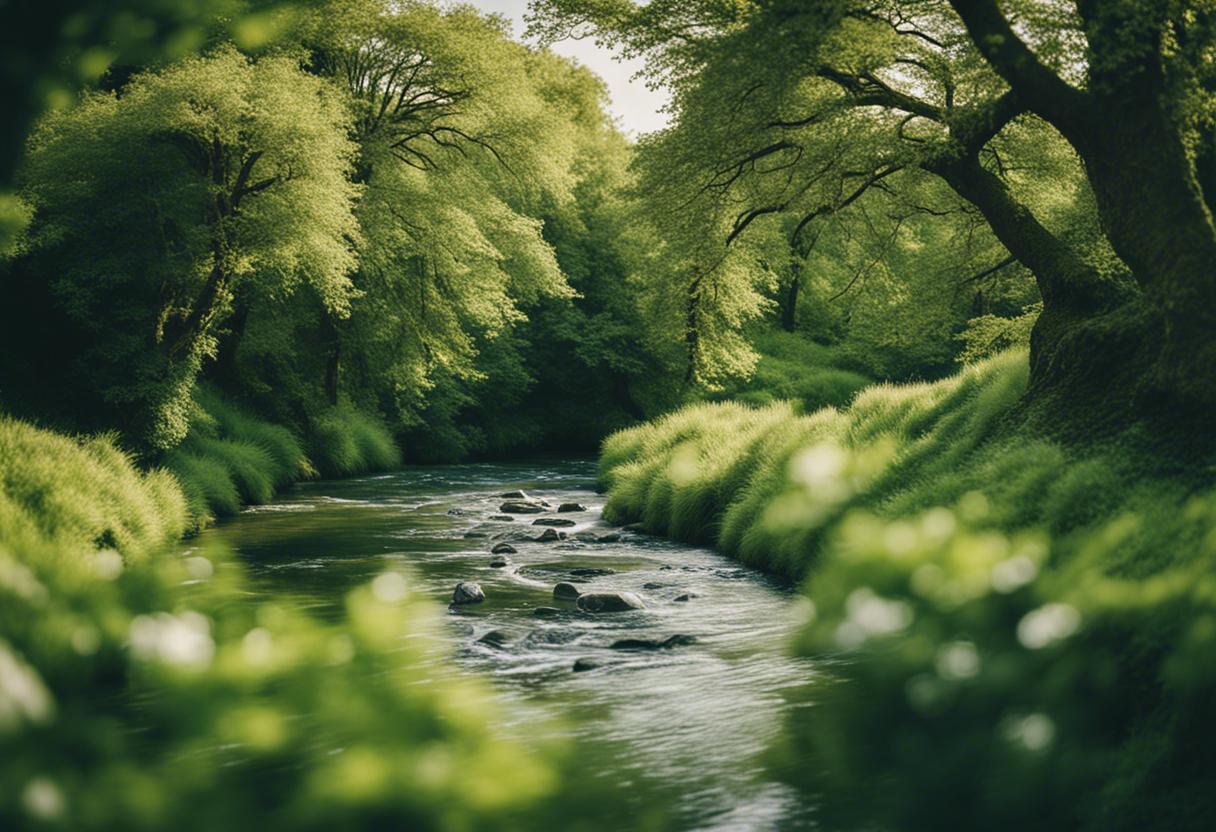Farmed salmon which had escaped from a fishery in Killary Harbour have been located in three of Ireland’s prominent angling streams. This development has raised alarm among fishing enthusiasts and environmental organisations due to the potential risks to indigenous salmon and possible health risks to humans since some of the errant fish were reported to be ill.
Inland Fisheries Ireland (IFI) expressed concern about the considerable hazard to the wild Atlantic salmon populations posed by the runaway farmed salmon. They suggested that, as the wild salmon from the nearby Erriff and Bundorragha rivers are returning to their original river for spawning, any intermingling with farmed salmon could endanger the genetic purity of the local salmon community which in turn could affect their long term fortitude.
According to them, a sizeable quantity of farmed salmon has entered the marine ecosystem and could ascend up these rivers. The genetic structure of the wild salmon of each river is unique and interbreeding with farmed salmon could have serious implications.
It is projected that 10,000 to 30,000 farmed salmon fled from a farm managed by the Mannin Bay Salmon Company on the 11th of August. By the middle of this week, 10 of the runaways had been trapped on the Erriff river, four on Kylemore, and two on Delphi.
The campaign group Galway Bay Against Salmon Cages (GBASC) denounced the situation as catastrophic and reported the condition of the escapee salmon as very unhealthy and visibly diseased. They rejected the perspective of the fish farm operator who suggested that these fish would not be sexually mature until winter 2025 at the earliest and their survival rate till then is likely to be minimal.
The reluctance of IFI and GBASC stems from the potential risk to salmon offspring resulting from interbreeding as they could be ill-adapted to their river, impacting their long-term procreation and survival. The existence of salmon is already threatened by aspects such as decreasing water quality, deterioration of habitat, poaching, and climate change. The recent breakout exacerbates the already challenging circumstances for salmon populations in the Galway and Mayo rivers. The farm operator’s claim of an “insignificant” number of escapees was dismissed by GBASC.
Efforts are being made to recapture a sizeable amount of farmed salmon that managed to escape from their enclosure in Killary Harbour. The Inland Fisheries Ireland (IFI), however, has expressed it doesn’t have any data relating to the health status of these escaped fish, hence it couldn’t make a statement about possible diseases the fish might pose. The Department of Agriculture, Food and the Marine, which holds the power to grant licences, said it can’t determine the number of escaped fish until a thorough investigation regarding the occurrence is complete.
Salmon Watch Ireland (SWI), has urged the Marine Institute, the Food Safety Authority and Bord Iascaigh Mhara (BIM) to provide clarification about any potential risks to wild salmon and human health. They highlight that some of the escaped fish are being caught in both fresh and saltwater sources leading into Killary and are being consumed. Expressing their firm stance, the SWI emphasised that these fish should not be eaten in any case because they could be carrying significant quantities of antibiotics, vaccine remnants, and antiparasitic drugs.
Furthermore, SWI raised the concern that diseases could have been present in the fish farm which may adversely affect wild salmon. They noted that it’s usual to withhold food from fish nearing their time for harvest to decrease any present medication. However, in this case, the escaped fish were in their feeding phase so they could be carrying heightened levels of antibiotic and antiparasitic medication.

